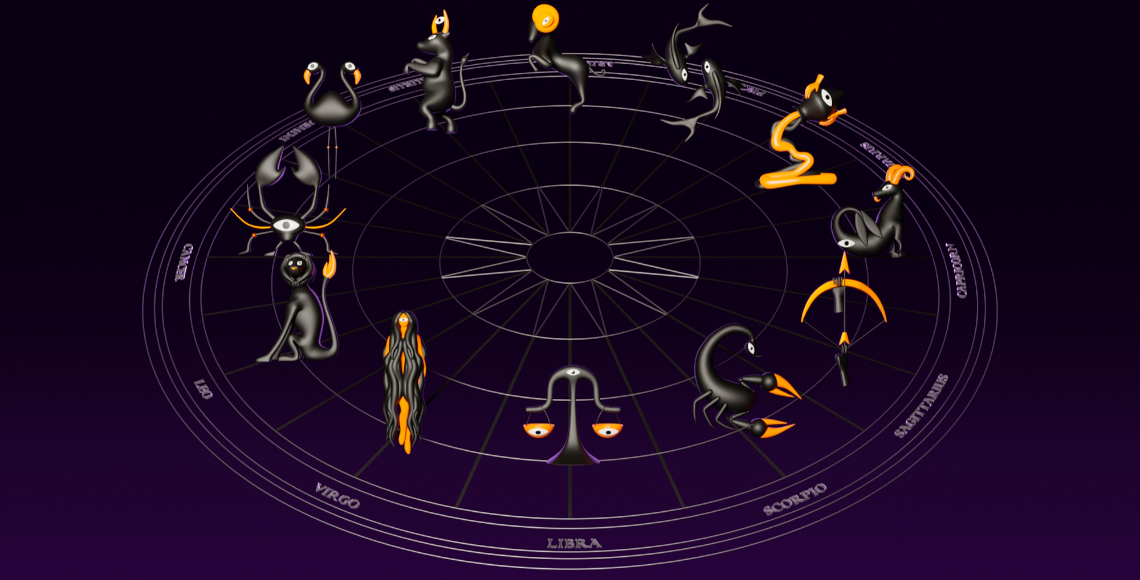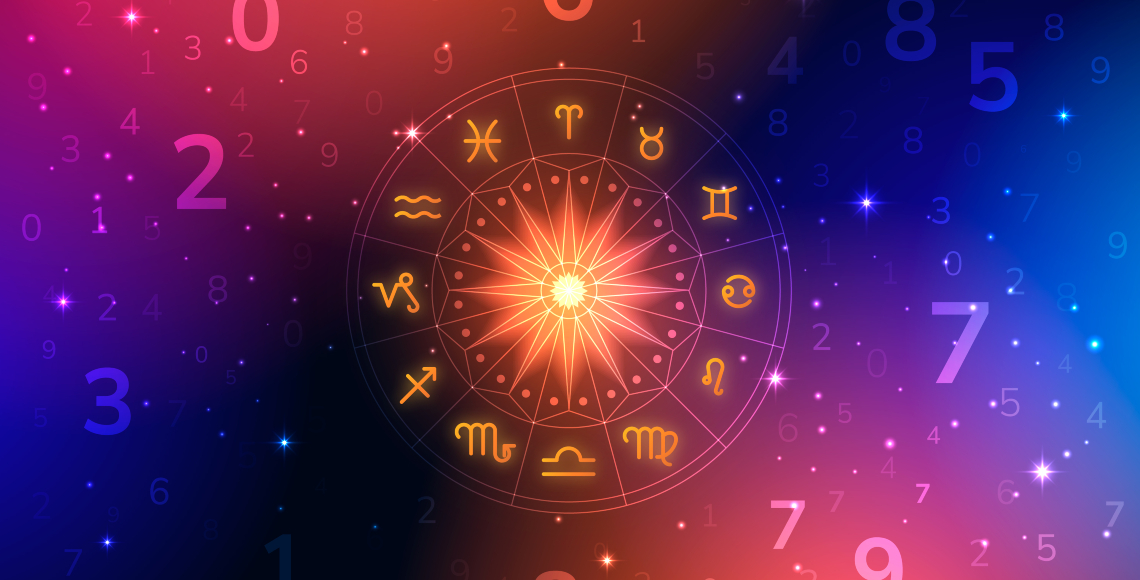An astrology birth chart, also known as a natal chart or horoscope, is an intricate diagram that captures the positions of celestial bodies at the precise moment and location of an individual’s birth. Understanding how to interpret birth charts can provide significant new perspectives on a person’s character, abilities, difficulties, and life path.
Components of a Birth Chart
1. The Planets
- Sun: At the core of the birth chart, the Sun signifies one’s identity, ego, and life purpose.
- Moon: Reflecting emotions and instincts, the Moon offers insights into the subconscious and nurturing qualities.
- Mercury: Governing communication and intellect, Mercury shapes thought processes and analytical abilities.
- Venus: Influencing love, relationships, and aesthetics, Venus adds beauty and harmony to the chart.
- Mars: The planet of action, energy, and assertiveness, Mars provides the driving force behind ambitions.
2. The Zodiac Signs
- Each planet occupies a specific zodiac sign, infusing its characteristics into the planetary expression.
- Elements (fire, earth, air, water) and qualities (cardinal, fixed, mutable) further enhance the nuanced interpretation.
3. The Houses
- The birth chart is divided into 12 houses, each representing different facets of life.
- Planets placed in houses unveil where specific energies are focused in an individual’s life.
4. Aspects
- Aspects are geometric relationships between planets, influencing their interactions.
- Conjunctions, sextiles, squares, trines, and oppositions offer a dynamic perspective on the planetary dialogues.
Interpreting a Birth Chart
Interpreting a birth chart is a complex process. Contacting an experienced astrologer for interpretation is recommended. The following key elements are crucial for gaining insights into various aspects of one’s life and personality:
1. Ascendant (Rising Sign)
The sign on the cusp of the first house is the rising sign or Ascendant. It sets the tone for the individual’s outward personality and how they navigate the world.
2. Sun Sign
The Sun sign represents the core self, revealing the individual’s fundamental nature, desires, and motivations.
3. Moon Sign
The Moon sign exposes emotional needs, inner responses, and instincts, providing insight into one’s nurturing and comfort requirements.
4. Planetary Placements
Analyze the positions of planets in signs and houses to understand how their energies manifest in various aspects of life.
5. House Positions
Examine the houses to gain insights into specific life areas. For example, the fourth house relates to home and family, while the seventh house governs relationships.
6. Aspects
Explore planetary aspects to uncover harmonious or challenging connections. A trine may denote natural talents, while a square could indicate areas of tension and growth.
7. Dominant Elements and Modalities
Identify the dominant elements (fire, earth, air, water) and modalities (cardinal, fixed, mutable) to understand overarching themes in the chart.
Putting It All Together
Interpreting a birth chart is an art that requires a holistic approach. Rather than isolating individual components, consider the interconnected web of planetary energies, signs, houses, and aspects. A skilled astrologer can provide a nuanced analysis, revealing the unique tapestry of an individual’s cosmic influences.
In a Nutshell
An astrology birth chart is a profound tool for self-discovery, offering a glimpse into the intricacies of one’s character and life path. While astrology is not a science, many find value in its symbolic language and its insights for personal growth and understanding. Embracing the wisdom of the stars, individuals can navigate their journeys with a newfound awareness of the cosmic forces shaping their destinies.











